In the early 1900s trolleys, otherwise known as “streetcars,” began popping up all over the United States. (For this article, I will use the words trolleys and streetcars interchangeably).
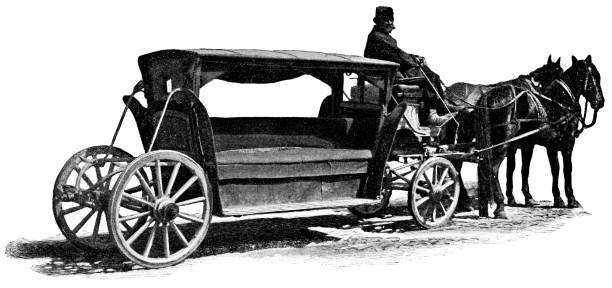
Omnibus, a horse-drawn wagon made to carry more than one family, were already in use and continued to be used during this time. However, omnibuses didn’t follow a track and the ride was often bumpy. Trolleys were larger than the omnibuses and had a more elaborate design, but still began with horses or mules pulling them. They didn’t look as much like wagons and they were designed to carry a fairly large number of people.
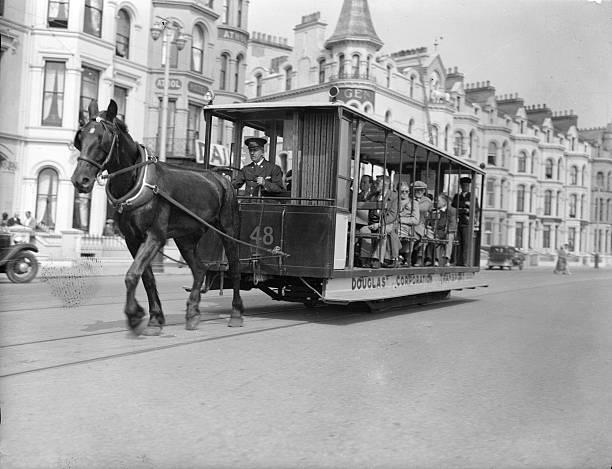
In the beginning, horses or mules pulled trolleys along tracks. Mules were preferred because they had more stamina than horses. These trolleys provided a smoother, faster ride than the omnibuses. Streetcars were used in towns and cities where there were a lot of people, so the streets had to be regularly cleaned of horse or mule manure. The streets in the towns and cities were grated, making it easier for trolleys to provide smoother, faster travel than walking, which had been the main way to get around in the city.
Companies were always looking to improve their trolleys to provide faster transportation and a smoother ride. So, in the late 19th century, operators began trying steam engines and electricity. Some of the first cities to use electric trolleys were: Scranton, Pennsylvania; Montgomery, Alabama; and Omaha, Nebraska.
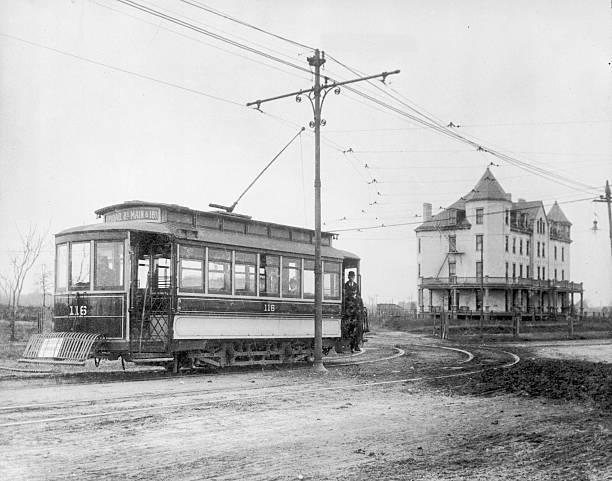
Electric streetcars followed a track, but also required a cable attached to the roof that would then clip onto an electrical wire strung across tall wooden poles along the track routes to power the electric engine. These trolleys allowed people to live farther outside of towns and cities, and what were called “interurban” lines became popular. The interurban lines connected cities within a state, and even cities from state to state.
Sadly, as soon as the streetcars became popular, automobiles started appearing, and it didn’t take long for automobiles to replace the trolleys in most locations.
However, some places like my hometown of Ephrata, Pennsylvania, still have trolley cars that are now run with a motor and wheels, like a bus. Each Christmas, Ephrata offers a Jingle Bell Trolley Tour for people to ride the trolley around the town and view the Christmas decorations of Ephrata homes and businesses. They also offer a family night that begins with arts and crafts activities and a visit with Santa.
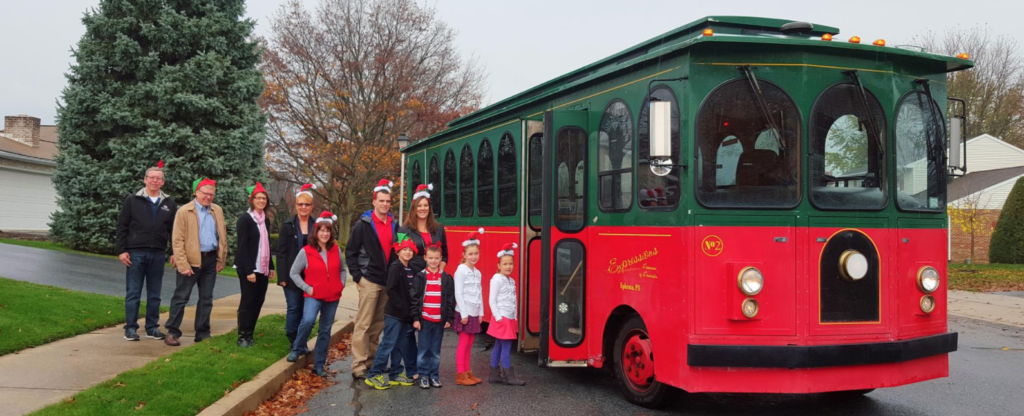
So, though the streetcars may not be desired as much as they were decades ago, some of them have been refurbished and changed to still offer a taste of the past to those who want to experience a historical ride.

Kelly F. Barr lives in Lancaster County, Pennsylvania. She is married and has three sons. She writes historical romance. She has also been a blogger for ten years, and every Friday, you can find her Flash Fiction stories posted for your reading pleasure. She loves her family, including the family dog, books, walks, and chai lattes.
You can find her online at:
Website: kellyfbarr.com
MeWe: KellyBarr8

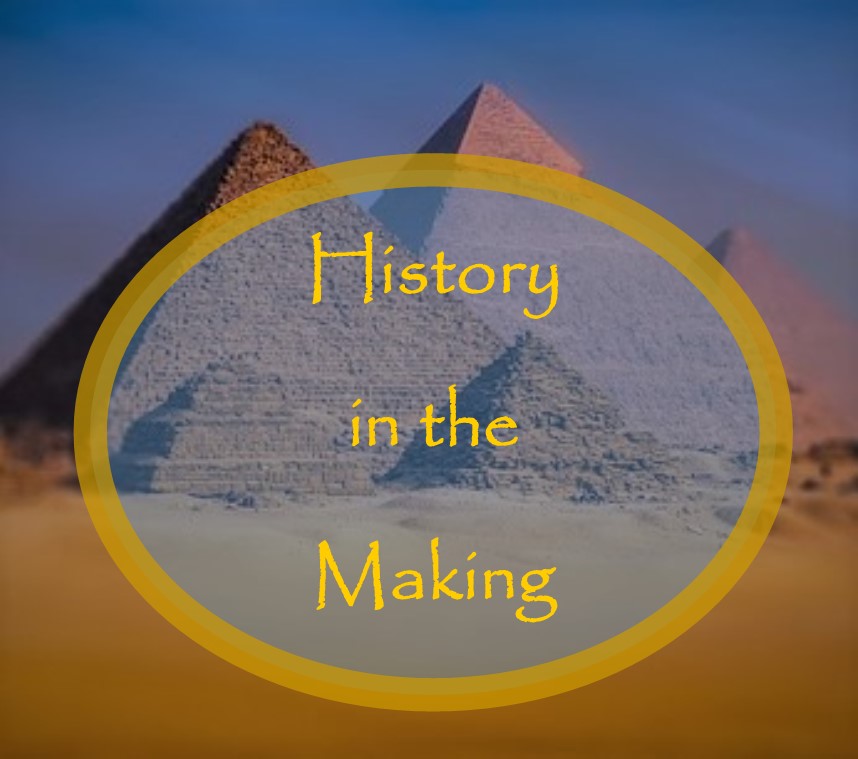


No Comments